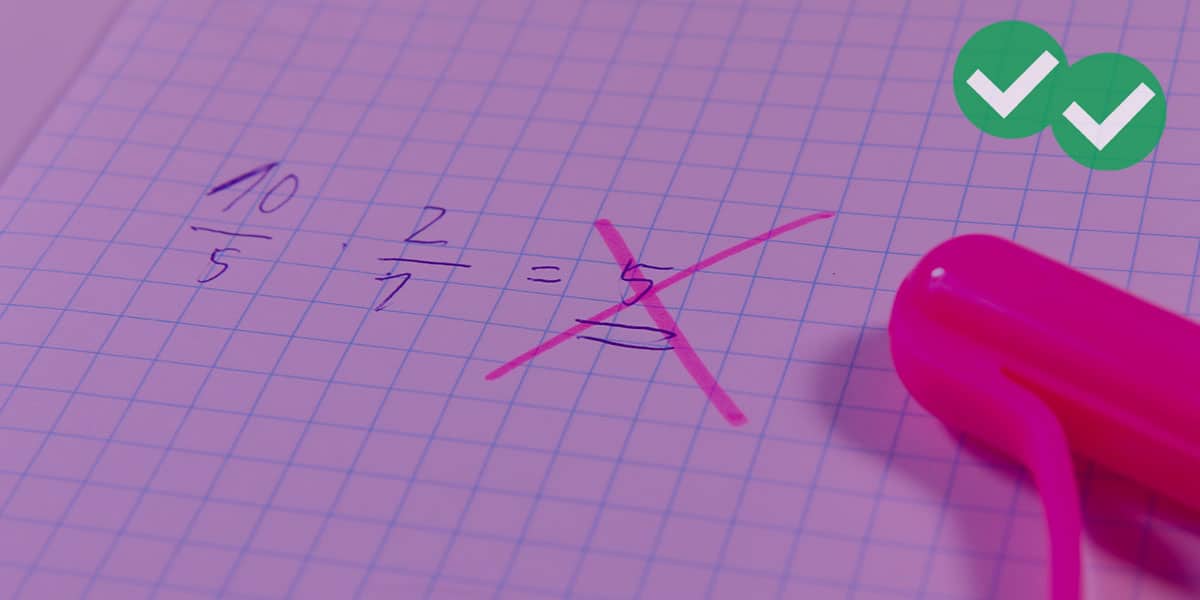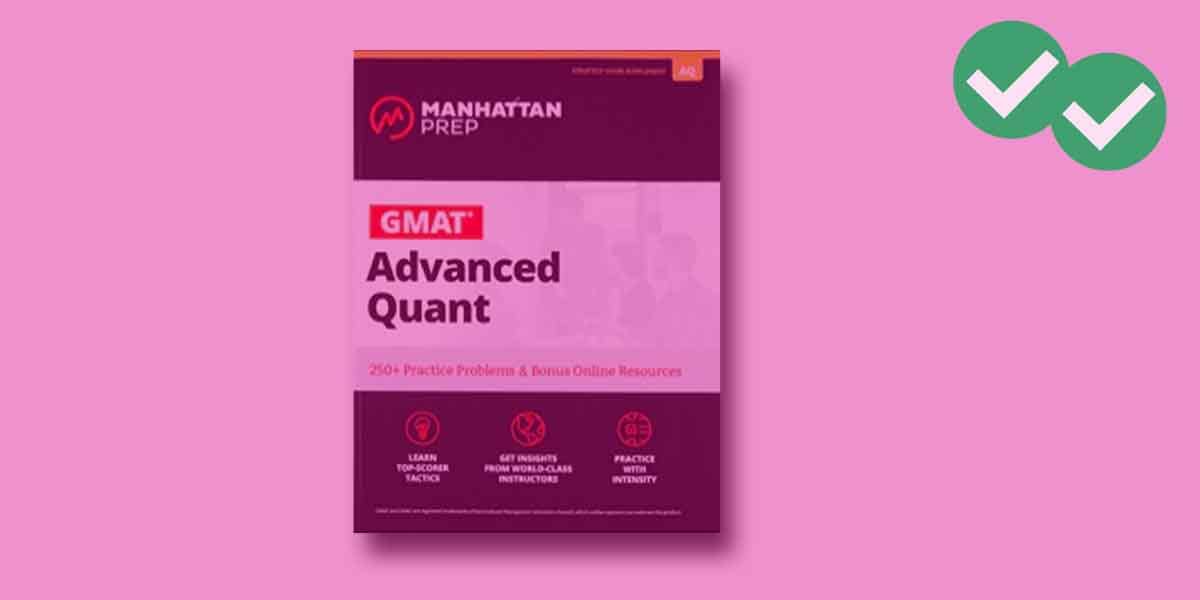The single most-tested topic on the GMAT Quantitative Section is something called “Number Properties.” In a way, this statement, while absolutely true, is a bit deceptive. It’s like saying the biggest category at a particular zoo is mammals: even if that is completely true, that statement alone doesn’t give us a particular clear idea of what kinds of critters we are likely to encounter at the zoo. Much in the same way, “number properties” is a vast category, just like “mammals”, and simply knowing that you will have to know “number properties” doesn’t necessarily narrow down specifically what you will have to know. This post is designed to give an overview of this vast topic.
Numbers
Let’s first talk about the constituents of this realm. When I say the word “numbers”, what do you think? If the only thing that comes to mind is (1, 2, 3, 4, 5, …), then, with all due respect, you are thinking like a second-grader. Not surprisingly, such thinking will get you in trouble on the GMAT. If, when I say the word “numbers”, you immediately think not only of those numbers but also their negative counterparts, as well as zero, positive & negative fractions, positive & negative decimals, squareroots, pi, etc. etc., then you are thinking like a mathematician. One very simple trick for success on GMAT math problem: whenever you hear the word “number”, automatically force yourself to think exhaustively of every possibility.
Numbers live on what grade-school teachers call the “number line” and what mathematicians call the “real number line”, a continuous infinity of values. (The more you think about the idea of continuous infinity, the more it boggles the mind!) The real-number line is a real of perfect fairness —- the number -137/8 is just as much a legitimate member of the number line as is 4. If you have any prejudice that, for example (1, 2, 3, 4 ….) are the only “worthy” numbers and all the rest are somehow exceptions or illegal aliens or something like that, you have to retrain your mind to see the perfect fairness and equal worthiness of each and every number on the real number line.
It’s particular important if you are choosing numbers plugging in, say to test algebraic expression in a Data Sufficiency question, to remember to test numbers of all categories. Check out some more GMAT Data Sufficiency tips and hints.
Categories of numbers
In addition to knowing the infinite implications concerning the word “number”, two further terms you should know are “integers” (… -4, -3, -2, -1, 0, 1, 2, 3, 4, …) and “positive integers” (1, 2, 3, 4, …). On a rare occasion, the GMAT will also have a question concern “negative integers”, which are just the negative counterparts of the positive integers. Notice: while zero is an integer, it is neither positive nor negative. The word “integer” is etymologically related to the word “integrity”: both come from the Latin word for wholeness. Each integer is, as it were, a unique wholeness, a complete package in and of itself.
The “parts” between the “wholes” can be represented in two ways: fractions and decimals. Both can be either positive or negative. Mathematicians have both systems for these “partial” numbers because each system has its own advantages under certain circumstance. Technically, “fractions” and “decimals” don’t cover exactly the same turf, because, as I discuss in that post on decimals, fractions include only the rational numbers, whereas decimals include both rationals and irrational numbers, an infinitely bigger set. Thus, even though there’s an infinity of fractions between 0 and 1 as well as an infinity of decimals between 0 and 1, the infinity of decimals is infinitely bigger than the infinity of fractions (one of the many mind-boggling things about the continuous infinity of the real number line!) Irrational numbers include roots, which the GMAT loves to test.
More on positive integers
The positive integers (1, 2, 3, 4, ….) are also called the “counting numbers”, and mathematicians call them the “natural numbers”, but “positive integers” seems to be the term the GMAT consistently uses. These numbers have a bunch of special properties just to themselves: primes, odd & even, multiples, factors, remainders, etc.
One of the hardest things the GMAT will ask you to do with positive integers is to count. This may sound paradoxical, as counting is one mathematical thing even the most inveterate math-phobe can do, but here, by “counting”, I mean problems like: “There are three boys in blue shirts, five boys in green shirts, and four girls in blue dresses. How many ways can they sit in seven seats if blah blah blah?” Those arrangements and sets and combinations —- that’s what the GMAT will have you count. Also, remember the trick of inclusive counting, which the GMAT loves to test.
Summary
Number properties is a huge topic: if you follow all those links, you will have a good understanding of the lay of the land. It’s also good to know the most common math mistakes on the GMAT, and the other most common GMAT questions. Finally, here’s a very easy practice question, to get you warmed up to thinking about this topic as it appear in test-format questions:
1) http://gmat.magoosh.com/questions/2621






Leave a Reply